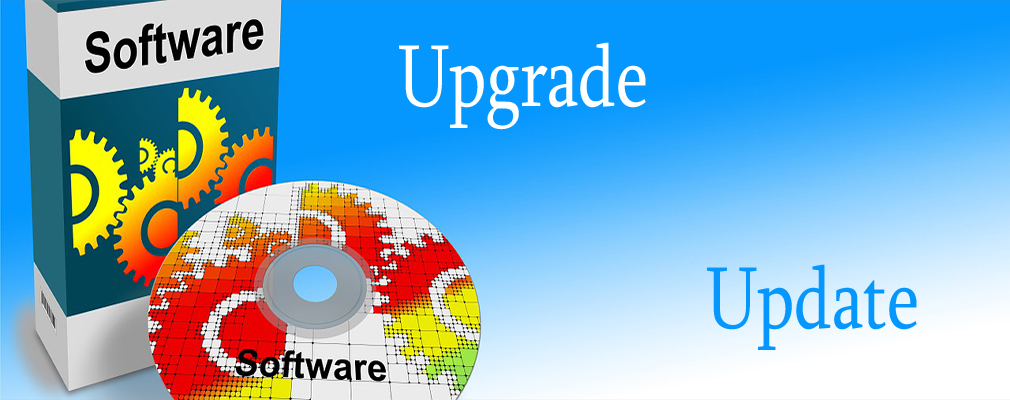Small Business Risks Of Outdated Software

As everyone knows, some things in life were meant to last forever. Your small business software is definitely not one of them.
Small business software is similar to your car. When you first buy your new car, everything runs great. But over time, things begin to go wrong and does not perform like it used to. Things go wrong that can actually cause safety issues. Outdated software works the same way.
In fact, your small business's outdated software comes with a host of security vulnerabilities that put you and your data at risk.
Why is this a risk?
Technology is ever-changing. As a result, software will in turn have a short life cycle that is only sustained by doing ongoing updates and upgrades.
When your small business software no longer is updating, it becomes outdated which leaves it unmaintained. The software will not be able to integrate with the newer applications or run like it should on new devices.
The other risk to consider is outdated software does not have the latest patches from the manufacturer if there are security vulnerabilities found. This leaves your software and network vulnerable to cyber attacks.
Device failures
Outdated software is not just a security vulnerability, but it also leaves your device is vulnerable to system failure.
Outdated software is one that is no longer supported by the vendor. Any new-found bugs in the program aren't addressed. Your out-of-date software will become less likely to work on your new computers and devices and will most likely not remain compatible with the newer operating systems that Microsoft releases.
Each month, Microsoft releases new patches for its operating system. This in turn requires the software manufacturers to put out updates to their software to make sure it's compatible with the new patches that Microsoft puts out. Outdated software will become vulnerable to the new Microsoft updates.
The worst that could happen from outdated software on your device is a full system failure. This means that your computer will no longer work and you may lose business data.
How do I keep my software healthy?
Simple answer, regular updates, and upgrades.
Some software manufacturers allow updates to happen automatically in the background, but that doesn't always happen. We recommend checking regularly for updates and make sure that your software has the latest update. It's good for the general maintenance of your devices. Many of these updates include patching the vulnerabilities that guard your small business against cyber attacks.
Periodically, you may need to do a software upgrade. Upgrades are different than updates. Upgrades are done less frequently and require a more drastic change to the software that you are currently using. An update, on the other hand, is a more frequent patch that is used to fix little bugs or security vulnerabilities.
If it's time for your small business to do an upgrade, be sure to backup your data before the upgrade. You also want to make sure to check for compatibility to make sure your hardware will properly run the new upgraded software.
Keep in mind, the older versions of software typically over time will be no longer supported by the vendor. This means they will no longer update that version of the software and it is no longer safe to use.
How do I keep up with the needed updates?
One of the easiest ways to keep up with your software updates/upgrades is to reach out to Side by Side IT and see what affordable services we offer to make sure that your small business stays up-to-date. Your software and hardware need to be maintained, same as your car needs to be maintained to get the most life out of your devices.
About the author
Don is a technically sophisticated and business-savvy professional with a career reflecting strong leadership qualifications coupled with a vision dedicated to the success of small businesses. His skills include the deployment of IT technologies including custom desktops, small networks, and hardware/software solutions all with a focus on the management of security and efficiency to promote growth.
After graduation from the University of Missouri-Columbia, Don spent over 20 years developing and honing his management skills in the small business community in and around the Columbia area.
Coupled with the passion and skills in IT technology, he looks to assist businesses to become highly productive and more profitable with the right IT solutions.